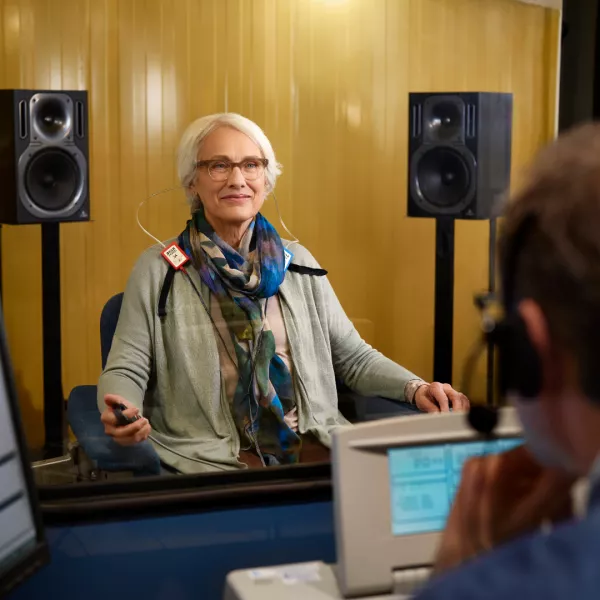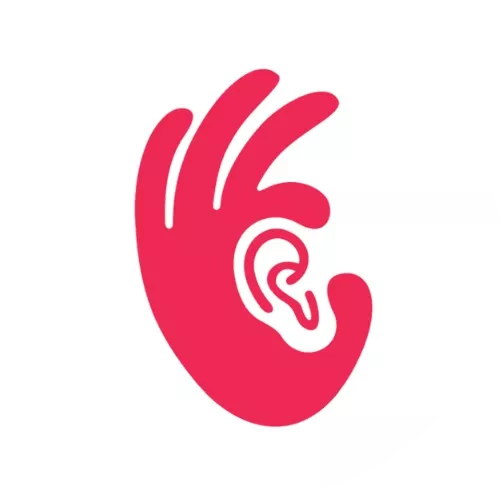STEP ONE: THE EXAMINATION
Our Audiologist take a close look inside your ear and figure out whether the hearing difficulty you are experiencing could be caused by an obstruction or damage to the ear canal or eardrum. We use a special instrument called an otoscope or video otoscope to inspect your outer ear.
STEP TWO: HEARING TESTS
Next we’ll need to figure out the nature of your hearing loss. A comprehensive hearing exam is painless and will be conducted by a qualified audiologist at all times. Some of the major components of an examination include, but are not limited to:
- Otoscopy – A visual examination of the ear canals (our video otoscopes allows you to see inside your own ears)
- Audiometry – Conducted in a sound treated booth, this procedure assesses an individual’s ability to hear various sounds in each ear. Testing with speech is also provided to determine the ability to hear the presence of speech and the ability to understand speech both in quiet and in background noise.
- Tympanometry – This is a quick test that requires no response from the patient. It evaluates both the pressure in the middle ear and the mobility of the eardrum and bones of the middle ear. This test provides a variety of diagnostic information and is a strong indicator of several medical conditions.
- Oto-acoustic emissions – This test assesses the status of the sensory hearing cells within the inner ear. The patient does not have to respond – this test can be measured with the patient awake or asleep. Various sounds are presented to the ear and a microphone records the responses of the sensory cells.
STEP THREE: TREATMENT OPTIONS
Hearing Aids
We will work with you to match your lifestyle needs with the most advanced hearing aid technology, specifically designed to treat your unique hearing loss. The basic components of this instrument include a microphone, an amplifier, a receiver, and a tiny processor. The exceptional effectiveness of your devices is the result of a powerful combination of professional expertise, software, and hardware.
Surgery & Implants
We now have the ability to surgically insert devices into the ear to improve hearing, facilitate lip-reading, and make it easier to distinguish certain sounds. Typically, these are most helpful if you are deaf or profoundly hearing impaired and hearing aids are not a useful treatment for you. Surgical implants include:
- Cochlear implants
- Middle-ear implants
- Bone-anchored hearing aids
- Auditory brainstem implants
- Education and counseling – The results of the examination are always explained in easy to understand terms. The need for additional testing or medical evaluation, recommended treatment, the effects of the hearing loss on the individual and their loved ones, and the prognosis for success will also be reviewed. If hearing aids are recommended, a live demonstration is a powerful tool to both recognize the hearing loss and the potential for better hearing.














